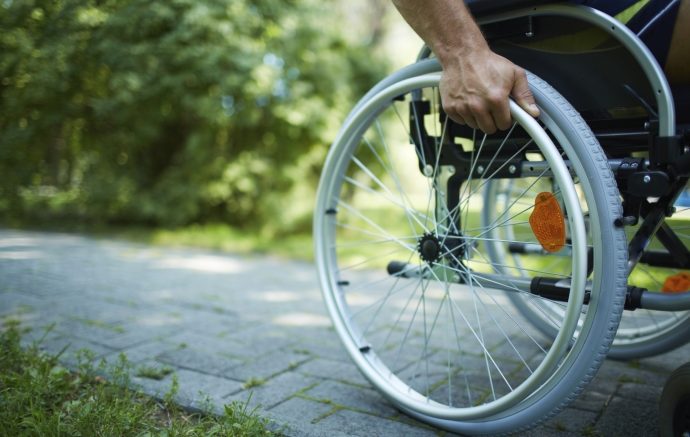The estimates for the percentage of those who could be severely disabled do not seem to gel with the estimates that were given in Parliament?
I refer to the article “ElderShield to be renamed CareShield Life with higher, lifetime payouts from 2020” (Today, May 27).
It states that “This change will benefit those who remain severely disabled, which according to Ministry of Health (MOH) estimates could be one in two healthy Singapore residents aged 65 or above.
With MOH’s predicting that about three in 10 Singaporeans will live a decade more after they suffer a disability, and some 38 per cent of ElderShield policyholders currently claiming payouts for the full five or six years, Mr Mah added: “The lifetime payout gives assurance to those who are disabled, so they don’t have to worry whether payouts will run out if they live longer.””
In this connection, according to a Parliamentary reply on 6 February 2017 – “The prevalence rate of Persons with Disabilities in Singapore is as follows:
Population Group
Approximate Prevalence Rate
Student population
2.1% of student population
18-49 years
3.4% of resident population
50 years and above
13.3% of resident population”
Persons with sensory (blind and deaf) and physical disabilities would constitute half of the disability group. The remainder comprises those with Intellectual Disabilities and Autistic Spectrum Disorder.”
Since “Persons with sensory (blind and deaf) and physical disabilities would constitute half of the disability group” – does it mean that those with disability such that it may not meet the claim requirements of not being able to perform at least 3 out of the 6 daily activities of living under CareShield Life (such as being blind and deaf), may be less than 6.65% (13.3% divided by 2)?
So, does it mean that those who can claim under CareShield Life may be much less than 6.65%?
In this connection, “Nearly half of Americans who turn 65 — a common retirement age — will eventually enter a care facility because they are unable to perform specific ADLs. While the majority of care facility admissions will be for the short term (less than a year), about a quarter will stay longer than one year. Typically, long-term care insurance coverage for nursing costs requires an individual who is unable to perform two or more of the six ADLs” (investopedia).
So, how likely is it that those who can claim under CareShield Life will do so for their lifetime or for 10 years as the media has been illustrating as an example, given that the above statistics for the United States are based on 2 ADLs, instead of the required 3 ADLs in Singapore?
Leong Sze Hian
